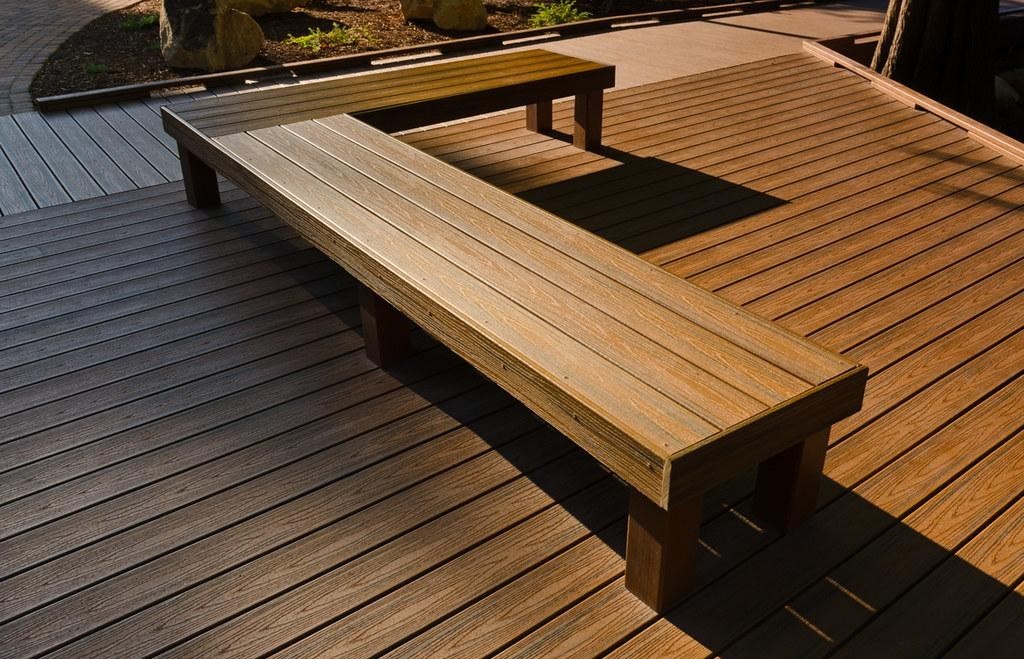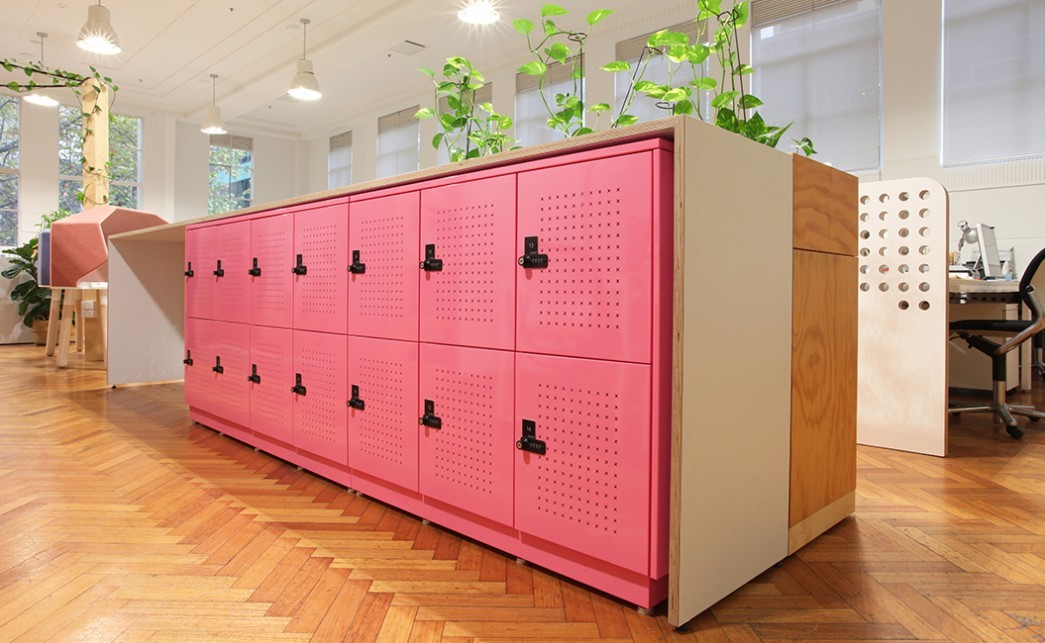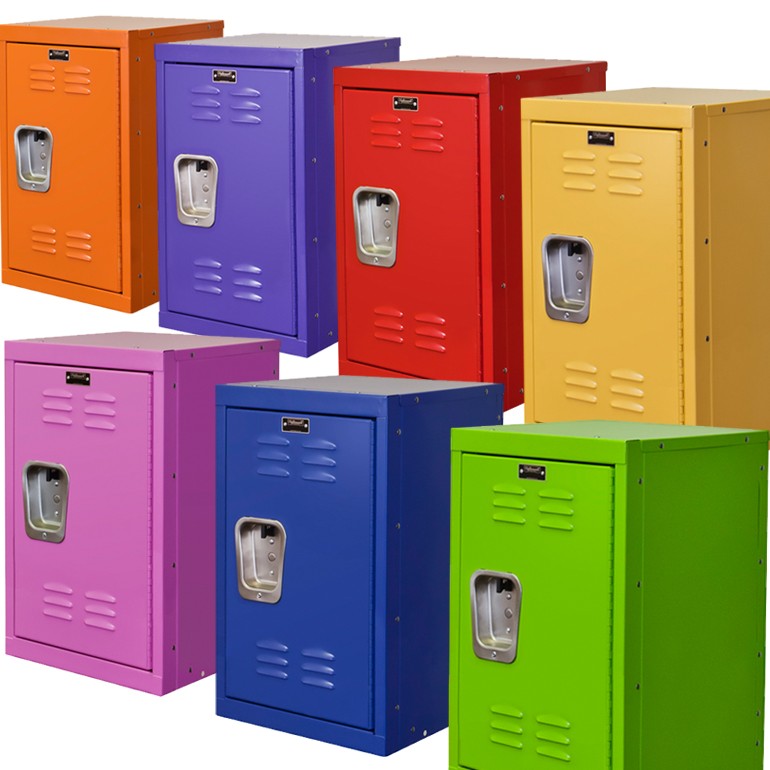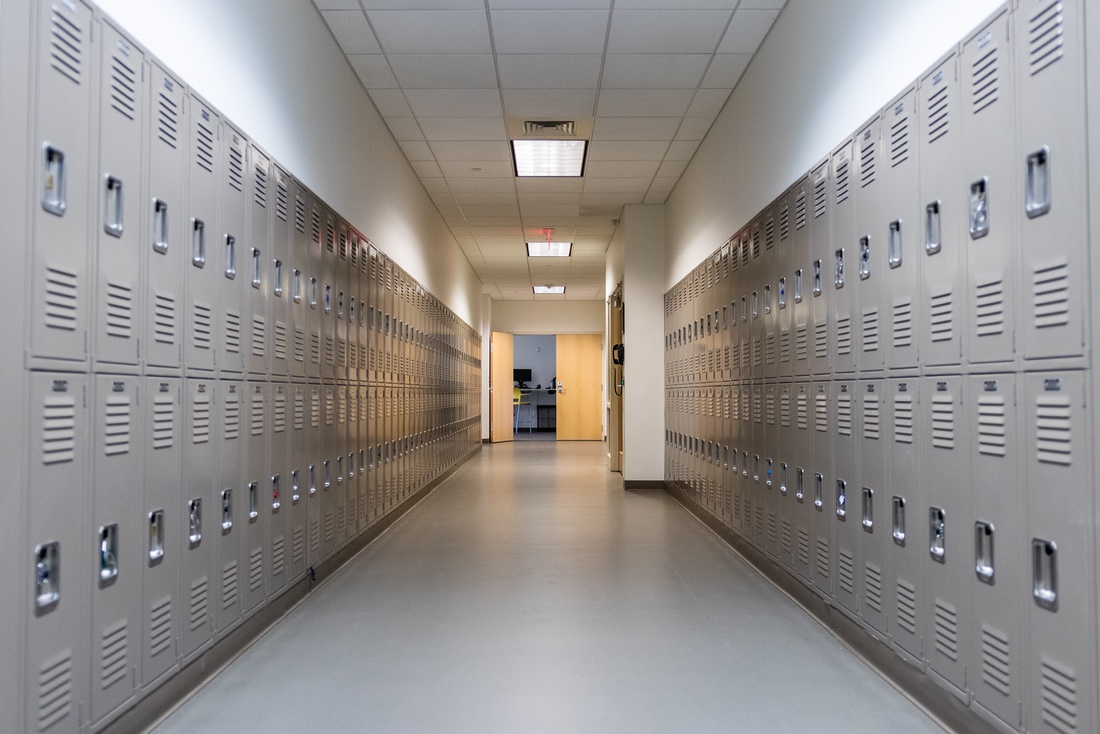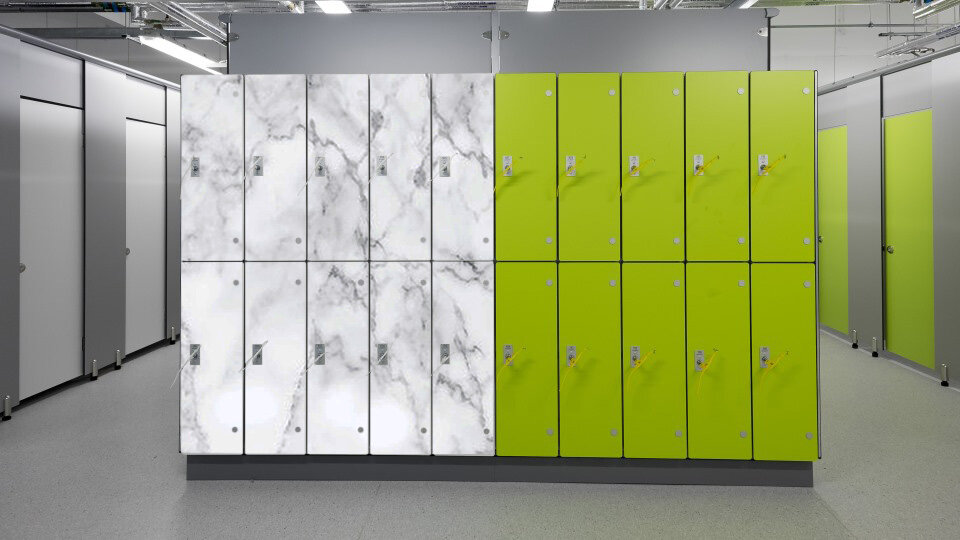In today's fast-paced world, storage solutions are crucial in maintaining organisation and security in various settings, such as workplaces and schools.
Mini lockers have become essential for individuals and businesses seeking convenient and secure storage options for personal and professional needs.
This buying guide provides comprehensive insights into selecting the perfect mini locker, considering size, material, security features, customisation options, and budget considerations.
Overview
Mini lockers have gained significant relevance in diverse environments, offering a reliable means of storing personal belongings, electronic gadgets, and important documents. In workplaces, these compact storage units provide employees with a secure space to store their items, promoting a clutter-free and organised work environment. Similarly, in educational institutions, mini lockers offer students a safe place to store their books, stationery, and personal belongings, fostering a sense of security and ownership.
The convenience and security offered by mini lockers make them an ideal choice for individuals and businesses seeking efficient storage solutions. With features such as key locks, digital access, and customisable options, mini lockers cater to a wide range of storage needs while ensuring the safety of stored items.
Understanding Your Needs
Assessing the purpose of the mini locker is the first step in the buying process. Understanding the specific storage requirements is crucial, whether for the workplace, school, or personal use. For workplace, the need to store personal items, electronic devices, and important documents may vary, influencing the size and features required in best workplace lockers and office lockers. Similarly, in schools, the storage needs might revolve around books, stationery, and personal belongings, dictating the size and layout of the mini locker.
Determining the size requirements based on the items to be stored is essential for optimising the storage space. It is important to consider the dimensions of electronic gadgets, documents, and personal items to ensure that the mini locker can accommodate them comfortably. Additionally, identifying specific features needed, such as shelves, hooks, or digital locks, enhances the functionality and usability of the mini locker according to individual preferences.
Material and Durability
Exploring different materials used in mini lockers, such as steel, plastic, or laminate, allows for a better understanding of the durability and maintenance requirements. Steel mini lockers offer robustness and long-term durability, making them suitable for high-traffic environments. On the other hand, plastic and laminate mini lockers provide a lightweight and cost-effective option, ideal for personal use or low-traffic areas.
Considering durability factors for long-term usage in different environments is essential for making a sustainable investment. Factors such as resistance to corrosion, impact, and wear and tear should be evaluated based on the intended usage and environmental conditions.

Security Features
Key security features, including key locks, combination locks, and RFID access, play a pivotal role in safeguarding the contents of the mini locker. Key locks offer traditional security, ensuring only authorised individuals can access the locker. Combination locks provide a customisable security option, allowing users to set their unique access code. With its advanced technology, RFID access offers a convenient and secure means of accessing the locker, suitable for modern workplaces and educational institutions.
Emphasising the importance of secure locking mechanisms for safeguarding belongings is essential to instil confidence in the reliability of the mini locker. The level of security required may vary based on the nature of the stored items and the environment in which the mini locker will be used.
Space and Placement
Selecting the right location for your mini locker within a workplace or school environment is crucial for optimising accessibility and usage. Placing the mini locker in a centralised and easily accessible area ensures convenience for users while promoting a sense of security. Factors such as visibility, proximity to workstations or classrooms, and ease of monitoring should be considered when determining the placement of mini lockers.
Addressing space-saving options for compact areas without compromising functionality is essential, especially in environments with limited space. Compact and stackable mini lockers offer a space-efficient solution, allowing for optimal utilisation of available space without compromising the storage capacity.
Customisation Options
Customisable aspects such as colours, branding options, and accessories enable individuals and businesses to personalise the mini locker according to their aesthetic and functional preferences. Choosing colours that complement the existing decor or branding options that align with the corporate identity enhances the overall visual appeal of the workplace environment.
Highlighting how customisation can enhance the overall aesthetic appeal in a workplace setting brings attention to the potential for creating a cohesive and visually appealing storage solution. Additionally, accessories such as hooks, shelves, and compartments allow for tailored organisation within the mini locker, catering to specific storage needs.
Maintenance and Care
Sharing maintenance tips to prolong the life of the mini locker is essential for ensuring long-term functionality and durability. Regular cleaning and inspection of the locker's surfaces and interior prevent the accumulation of dirt and debris, maintaining a clean and hygienic storage environment. Lubricating locks, hinges, and moving parts also ensure smooth operation and prevent premature wear.
Suggesting regular checks for locks, hinges, and surfaces to ensure optimal functionality encourages proactive maintenance practices, ultimately prolonging the lifespan of the mini locker and preserving its security features.
Budget Considerations
Offering insights into cost-effective options without compromising quality or security features provides valuable guidance for individuals and businesses seeking economical yet reliable mini lockers. While initial investment is important, focusing on long-term savings through durable choices reinforces the value of investing in high-quality mini lockers.
Mentioning potential long-term savings through durable choices despite the initial investment encourages a strategic approach to the budget, emphasising the importance of prioritising quality and reliability for a sustainable storage solution.
Workplace Lockers vs Personal Mini Lockers
Comparing the benefits of workplace-specific lockers versus personal mini lockers for employees allows for a comprehensive evaluation of the storage options available. Workplace lockers, designed for employee use, offer larger storage capacity and may include additional features such as hanging rods and compartments for work-related items. While smaller in size, personal mini lockers provide a dedicated space for employees to store their personal belongings securely within the workplace.
Highlighting how both options cater to different storage needs within a professional environment acknowledges the diversity of individual preferences and storage requirements. By presenting the benefits of each option, individuals and businesses can make informed decisions based on their specific needs.
Conclusion
In conclusion, selecting the perfect mini locker involves considering various factors, including size, material, security features, customisation options, and budget considerations. By understanding individual needs and evaluating available options, individuals and businesses can effectively make informed decisions to address their specific storage requirements.
Encouraging readers to make an informed decision based on their specific storage requirements underscores the importance of considering each user's unique needs and preferences. With the right mini locker, individuals and businesses can benefit from enhanced organisation, security, and convenience in their respective environments.

